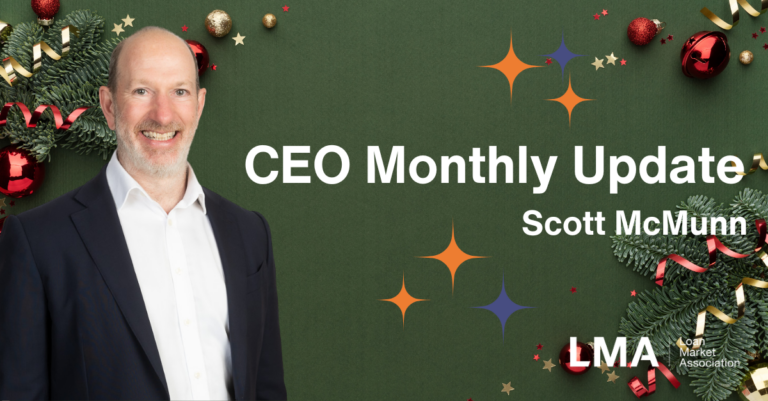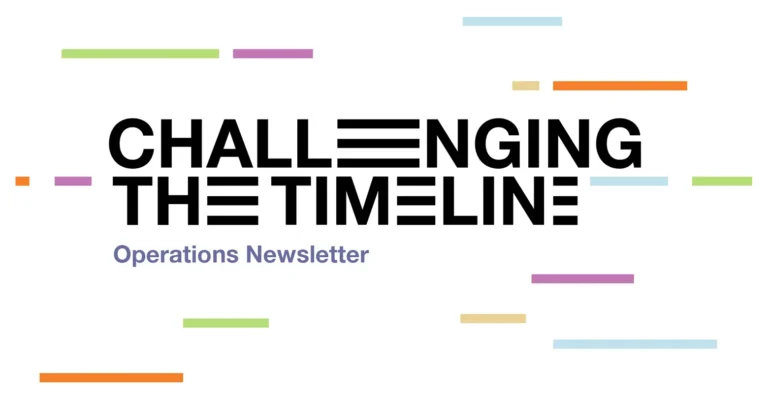The Middle Eastern Loan Market is experiencing remarkable growth and has transitioned from being a secondary topic to a central focus on loan conference agendas. This shift is largely driven by the Gulf States, which have become a dynamic epicentre for some of the world’s most ambitious infrastructure projects while also evolving into a vibrant tourist hub. Their leadership in this sector is paving the way for significant advancements in the region.
This pivotal topic was the foundation of a lively 40-minute debate during the Loan Market Association’s 17th Annual Conference, where industry experts provided a comprehensive overview of the Middle Eastern loan market, analysing its current state and exploring future trends.
The stats don’t lie
Total loan volumes in the MEA region have recovered from a slight dip in 2023. As of 2024 147 deals have closed, with an aggregate value of $95.2 billion, of which 80% are attributed to Gulf Cooperation Countries (GCCs)[1]. GCC volumes jumped by 32% year-on-year[2] , driven by significant transactions (such as Saudi Electric Company’s $4 billion loan in August).
The average deal size for the MEA region has risen to approximately $650 million in 2024 to-date, up from about $520 million from the same point last year[3]. In terms of contribution by country within the MEA region in 2024 to-date, Saudi Arabia and the UAE together account for 53% and 21% of loan volumes, respectively, positioning them as key drivers of future market growth.
Competitive landscape and opportunities ahead
As this year has seen simultaneous growth in the Bond Market and the Loan Market, it is important to note refinancing has accounted for approximately half of loan volumes, part of a process of repricing and lengthening tenors in the market.
In Oman, Bahrain and the UAE, Government Related Entities (GREs) are becoming significantly more competitive on pricing. Regional banks, especially in Oman, have accumulated ‘dry dollar’ liquidity, tilting loan terms in borrowers’ favour; with domestic Middle Eastern Banks keen to push asset growth.
The Middle East also has an opportunity to assert its influence on the global Loan Market. There is scope for tremendous growth of structured finance in areas such as the sustainable aviation industry, with Sustainable Aviation Fuel (SAF) currently represents only 3% of renewable energy overall[4]. As the region diversifies away from hydrocarbons, there is a plethora of opportunities for Middle Eastern sponsors to move into oversees event /fund financing.
Behaviours Changing the Market
The behaviours of Middle Eastern Banks are altering the landscape of the Loan Market. Regional banks have developed capabilities, such as syndication desks and debt advisory, that formerly were the exclusive reserve of international players.
Moreover, the availability of balance sheets among these banks has likely enhanced their proactivity and involvement in financing. In Saudi especially, the strength of the local currency has made costing become very competitive, allowing regional banks to consolidate their positions and make it more difficult for international banks to compete.
Dubai Real Estate Market: boom and bust?
A pertinent question raised during the panel discussion was whether Dubai is vulnerable to a potential slowdown in the real estate finance market. In the wake of the COVID-19 pandemic, Dubai saw a significant influx of international capital, which revitalised both tourism and real estate sectors. This recovery is evidenced by a consistent upward trend in real estate valuations across the Emirates in recent years.
Despite concerns, there is little indication of a dramatic slowdown in Dubai’s real estate market. The Emirates still lags behind major cities like London and Singapore in terms of value per square foot, suggesting that substantial growth potential remains.
Overly ambitious infrastructure projects?
The infrastructure plans in Saudi Arabia are exponential. Whilst local liquidity in Saudi is robust, there is a consensus that international banks will play an important in bringing these ambitious projects to fruition. This may involve a shift in how banks manage their risk in the long-term. The panel identified that 2030 may become a flashpoint, with converging refinancing points, but there was optimism this storm can be weathered by new bond issuances and loan financings.
The path forward
It is clear the Middle Eastern Loan Market is growing significantly, with the GCC banks in particular consolidating their influence domestically and further looking to have a significant role in international finance.
The Loan Market Association is at the forefront of this growth hosting events and training initiatives that promote liquidity, transparency, efficiency, and sustainability.
Further evidence that the LMA is committed to assisting members in the region, is the setting up of a dedicated ME committee to drive and inform our offering in the region. Scoping out work around, amongst others, Islamic documentation, operations, training, advocacy and events. We look forward to meeting many of you at our upcoming ME conference in Dubai on 27th November.
Register here: Middle East Loans Conference, 27 November 2024 :: LMA
[1] source: Dealogic as of 4th September 2024, excludes: ECA Financing, Trade Financing, Structured Commodity Finance, supply chain finance and Trade Flow
[2] ibid
[3] ibid
[4] International Air Travel Association, ‘SAF Volumes Growing but Still Missing Opportunities,’ as of December 6, 2023




